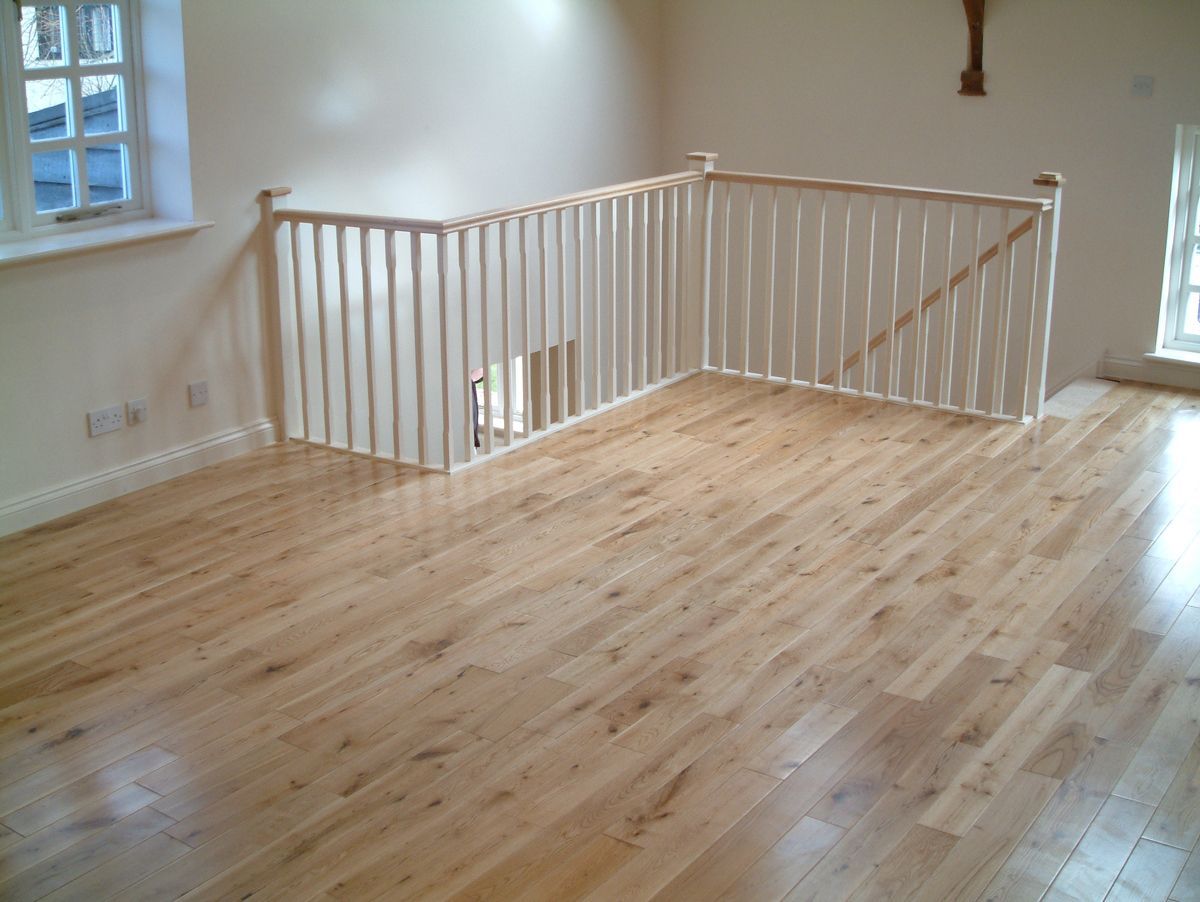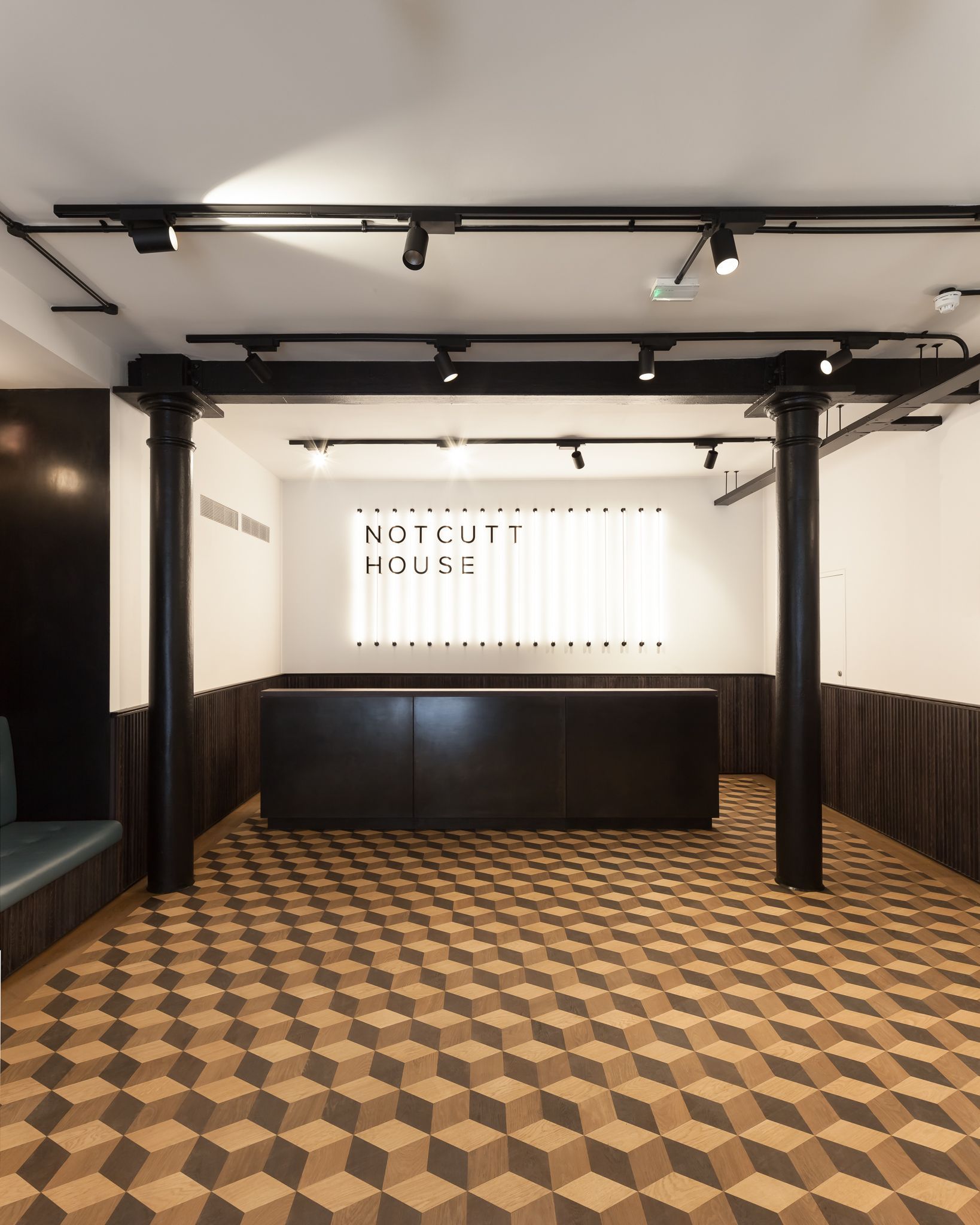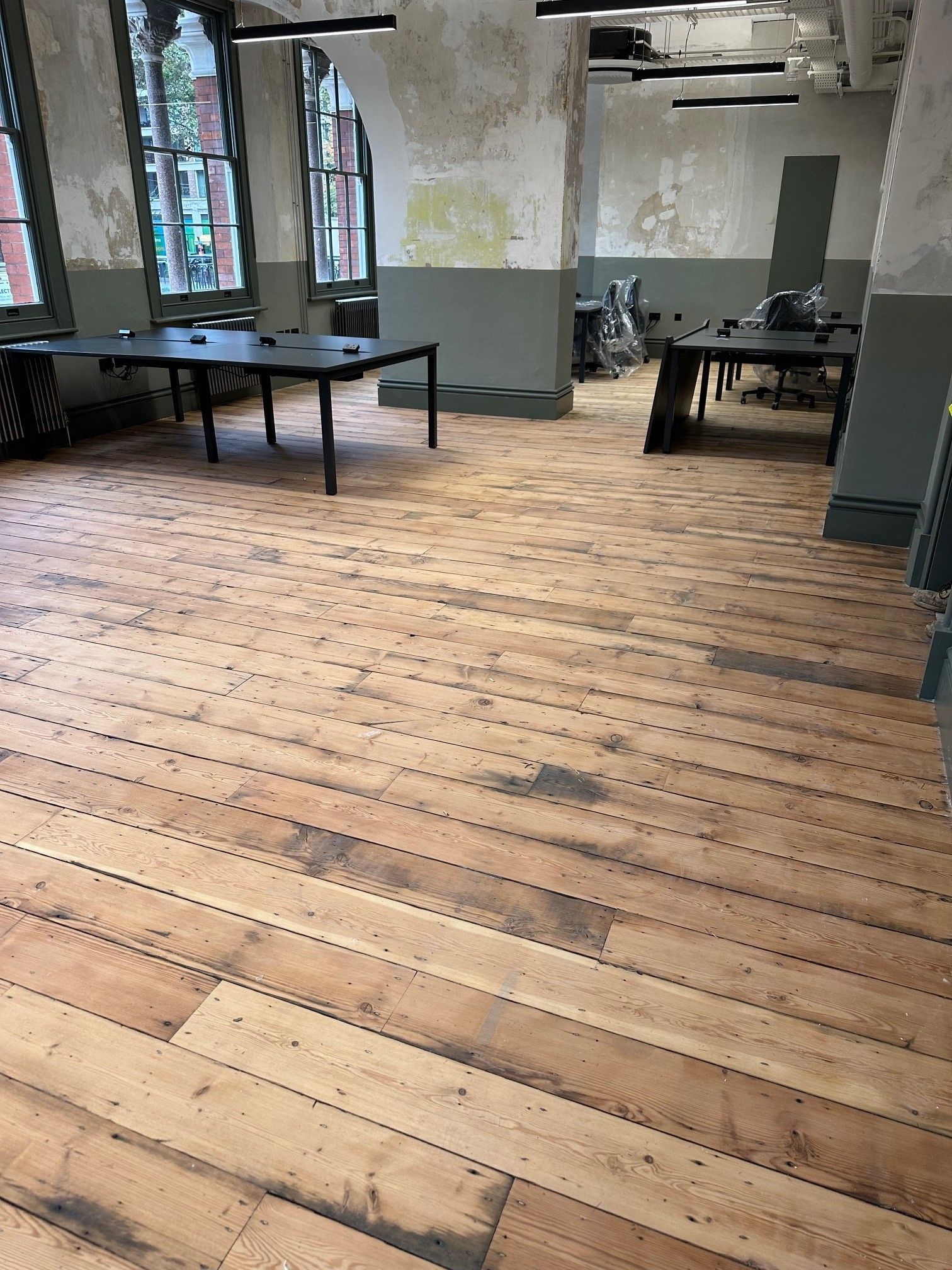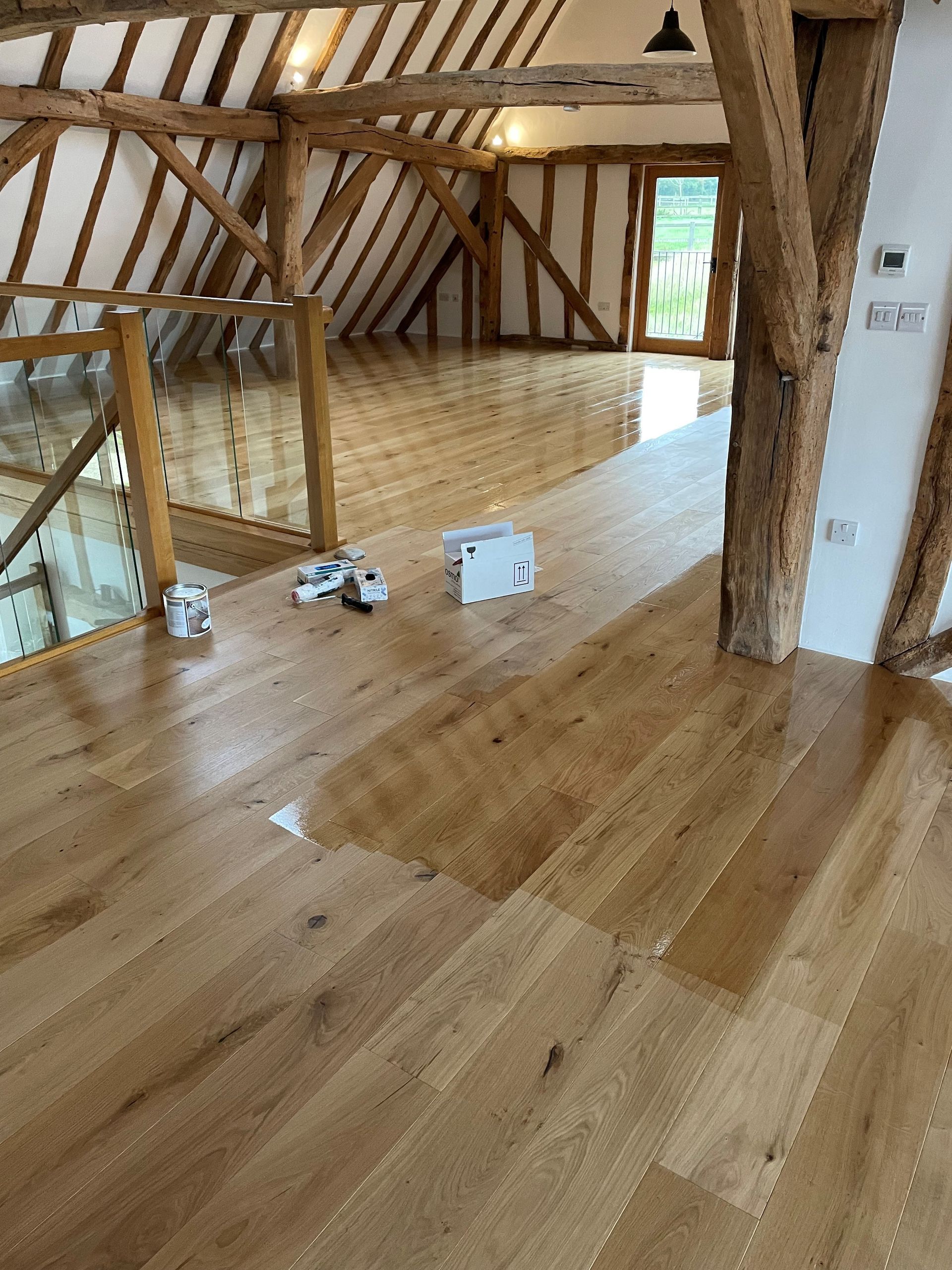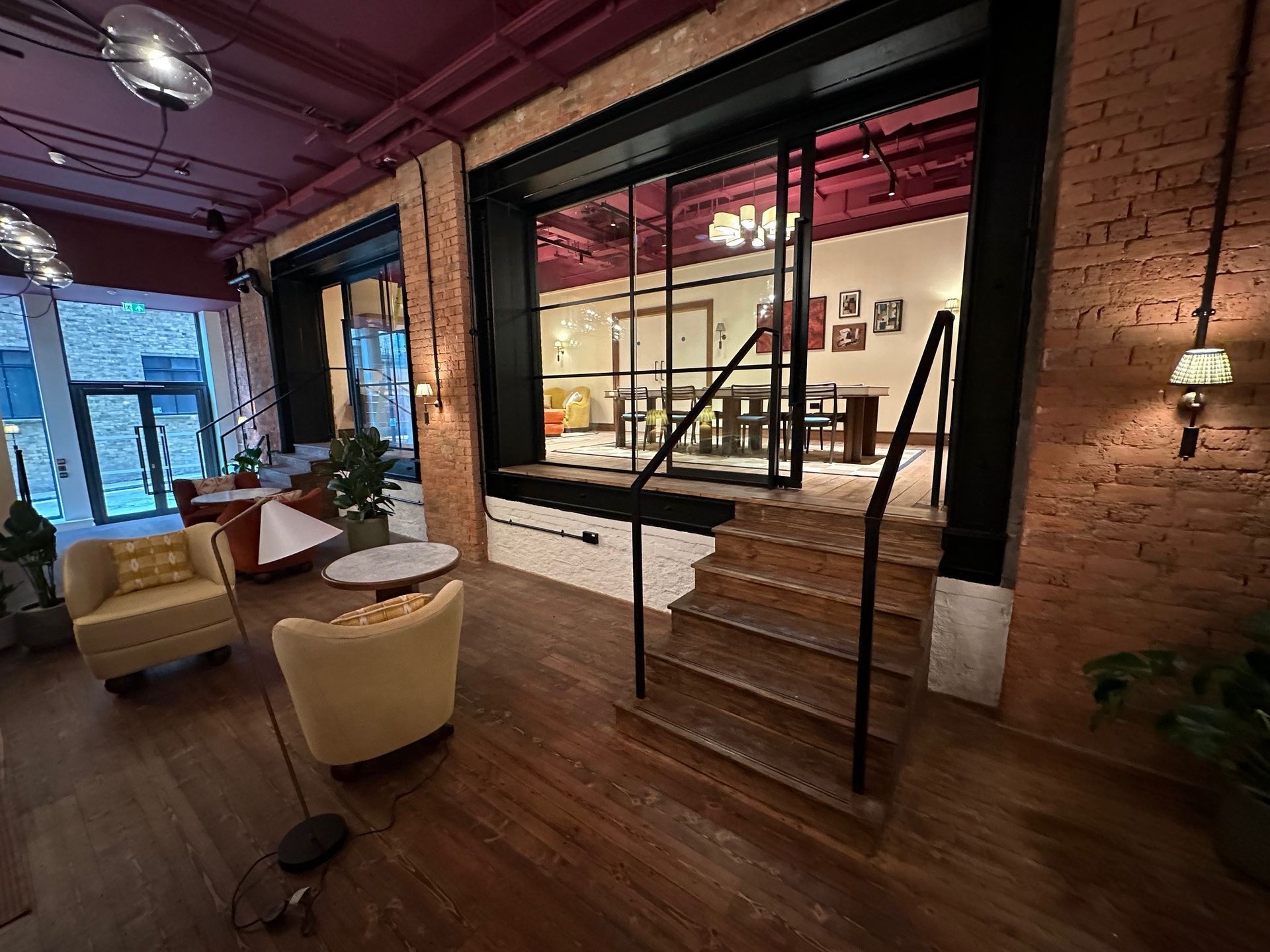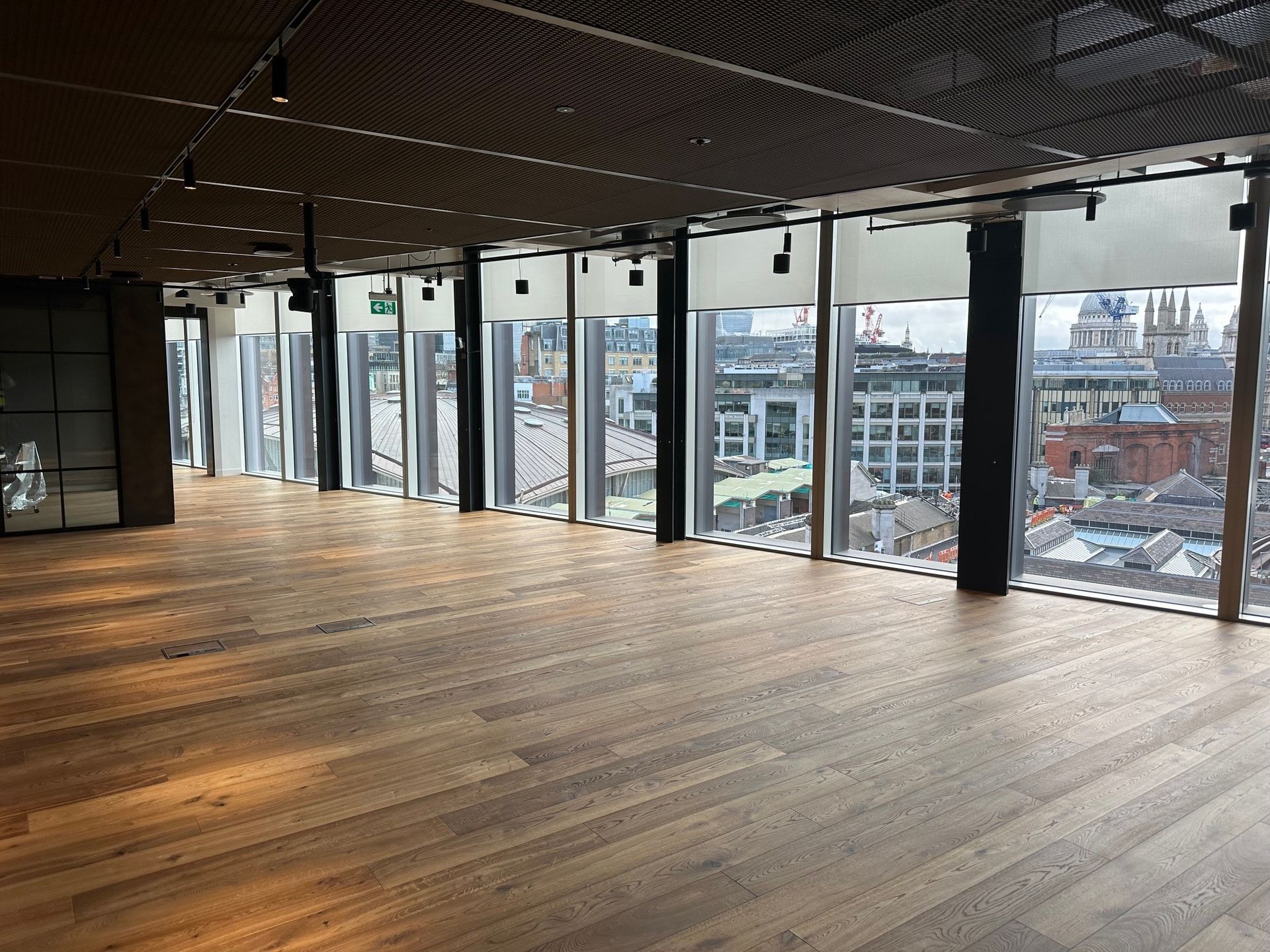The Art of Colour Matching in Bespoke Timber Flooring
Achieving harmony and precision in luxury timber installations
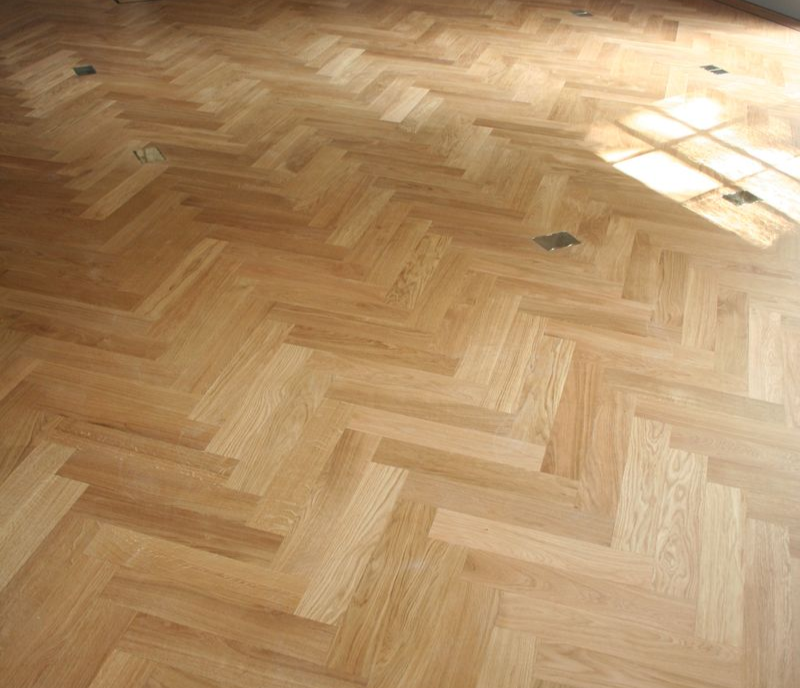
The Art of Colour Matching in Bespoke Timber Flooring
Colour matching in bespoke timber flooring is both a technical process and a creative discipline. It ensures that every plank, panel and section of the floor works in harmony with its surroundings. In premium interiors, where quality and detail define the entire space, colour accuracy is not just an aesthetic choice but a measure of craftsmanship.
Why Colour Matching Matters
In bespoke timber work, a perfectly matched tone can unify an interior, creating a continuous visual flow. When colour is inconsistent or mismatched, even the highest quality materials can appear fragmented. Effective colour matching enhances the perceived size of a space, maintains design cohesion and complements architectural features.
Understanding the Role of Timber Species
Every timber species has a unique palette of natural tones. Oak may range from pale golden hues to deeper amber shades, while walnut offers richer browns and chocolate tones. Understanding the inherent colour range of the chosen species is the foundation of accurate matching. This knowledge allows a designer or installer to select boards that align with the intended scheme without introducing unwanted variation.
Assessing Undertones and Colour Nuance
Timber colour is rarely a flat uniform shade. Undertones can be warm, cool or neutral, and these subtle shifts influence the overall effect. For example, a grey washed oak with a cool undertone will behave very differently in a room compared to one with a warm beige undertone. Professional colour matching takes into account these underlying tones to ensure the flooring feels consistent from every angle.
The Impact of Lighting
Lighting plays a crucial role in colour perception. Natural daylight will reveal timber’s true tones, while artificial lighting can alter its appearance. A timber sample that appears perfectly matched under showroom lighting may look different once installed in a home or commercial space. Reviewing samples in the actual environment at different times of the day ensures the final result meets expectations.
Surface Finish and Its Effect on Colour
The finish applied to timber, whether oil, lacquer or wax, can intensify or soften the perceived colour. A matt finish may mute the tones for a subtle look, while a gloss finish will deepen and enrich them. Selecting the right finish is essential for achieving both the visual and functional goals of the project.
Practical Steps for Colour Matching Success
- Select from the same batch or source to reduce natural variation
- Lay out boards before installation to visualise the overall effect and adjust positioning
- Check samples in final lighting conditions to confirm tone and undertone alignment
- Coordinate with other design elements such as wall colour, cabinetry and furniture to maintain a unified palette
- Test finishes on offcuts to see how oils, stains or lacquers affect the base tone
Managing Colour Over Time
Timber naturally matures and changes tone as it ages. Sunlight, humidity and general wear can shift the appearance subtly over the years. An expert approach considers how the initial colour choice will evolve, selecting finishes that protect against uneven fading and maintaining the intended look for as long as possible.
Balancing Uniformity with Character
While perfect colour uniformity is often the goal, part of timber’s appeal lies in its natural variation. Small differences in shade and grain pattern can add depth and authenticity to a floor. The art lies in balancing these variations so they enhance the design without appearing mismatched.
Conclusion
The art of colour matching in bespoke timber flooring requires precision, experience and an eye for subtle detail. By understanding timber species, respecting undertones, accounting for light and selecting the right finish, it is possible to create a floor that feels both harmonious and unique. In skilled hands, colour matching transforms timber flooring from a background element into a defining feature of a refined interior.


